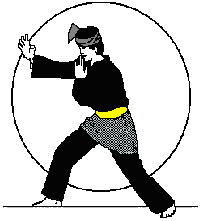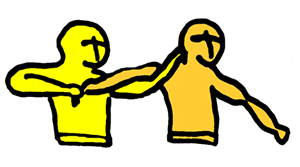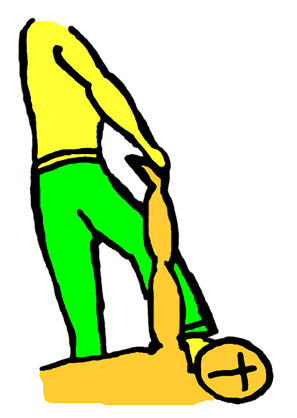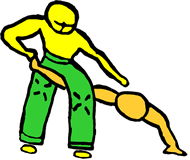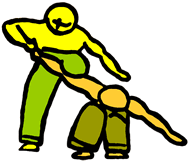A silat exponent must know the techniques first, and to practice the techniques diligently before being able to use them. But even then there are some things that a silat exponent must be aware of with regards to the use of locks in actual self-defense. This article will discuss some aspects of silat locking techniques that are not so apparent to the casual observer, and which are not openly discussed in the gelanggang. |
|||||||||||||||||||||
|
|||||||||||||||||||||
How many silat locking techniques are there? Believe it or not, there’s only four.
|
|||||||||||||||||||||
 |
|||||||||||||||||||||
|
|||||||||||||||||||||
Many, Many, but so FewBy the time a Silat Pratitioner reached senior level, he would have learnt at least 60 different types of locking techniques, involving at least 3 different weapons, and at least 4 2-man set forms. So how come I said that there are only 4 techniques? Here's the answer. If you look at the techniques from the exponent’s perspective (the one executing the technique), you will see a myriad of techniques. But from the opponent’s perspective, there are only 4. This is because there are only 4 ways that a person can twist or arrest the opponent’s arm. Look at the illustrations below. You see; Those are the only 4 ways.
|
|||||||||||||||||||||
|
|||||||||||||||||||||
| You see, each locking technique consists of the initial movement, the lock itself, and the finishing move. The various techniques that you learn consists combinations of initial movements, locking techniques, and finishing moves. And if you add a weapon or two your combinations will multiply. Each combination demonstrates the strengths of the ‘combination’ (as opposed to the actual lock), and also it’s weakness. In a way, it teaches the practitioner how to parry or catch or stop an attack, do a certain basic lock (as in 1,2,3, and 4), and end the lock in a logical way. Certain initial movements or locks cannot be done safely when the opponent is wielding a machete, for example. Certain initial movements cannot be used with certain locks, for example2. That’s why you learn so many ‘combinations’, aka ‘locking techniques’, aka ‘Buah’ aka 'Kunci'. It is to illustrate what combination works and what doesn’t, what finishing moves works with what locks, what is masterful and what is ludicrous.
|
|||||||||||||||||||||
|
|||||||||||||||||||||
Consider the images above. Variation 1 is a lock when the exponent is outside, variation 2 is when the exponent is inside, variation 3 is when the opponent is lying sideways, variation 4 is when the opponent is on his back. In this case pressure is applied on the elbow by pushing his arrested arm downwards. All four are different techniques learnt by a silat practitioner. Although the techniques or "Buah" is different, the fundamental lock is the same, which is to twist the opponent's arm outwards and make sure that he cannot bend his elbow (as in Lock No. 1). The table below shows other variations of the basic locks of No. 2, 3, and 4. As you can see, each one may be considered a locking technique by itself when you include an initial movement, and a finishing move. But all in all, the opponent is being locked in the same way, albeit he may be upright or lying on his side.
|
|||||||||||||||||||||
|
|||||||||||||||||||||
|
|||||||||||||||||||||
As you can see, a number of techniques are different but their underlying concept is the same; to arrest the opponent’s arm in one of the 4 ways shown above. An opponent’s arm can be twisted as in diagram 2, for example, and he can be lying on the floor or kneeling. Also, some of the 'Buah' which consists of the variations above depicts the opponent with a kris, machete, or a knife. The weapons are not shown here so as not to deviate from the attempt to explain the basic concepts. I also skip the initial movements for it is not my aim to teach you Gayong PASAK's techniques. Gayong PASAK's techniques themselves shouldn't be discussed here. It's the concepts and ideas that they represent that is the objectives of this article.
|
|||||||||||||||||||||
In this article, I have explained a concept associated with silat locks, but not the actual application. Nevertheless, it is important to understand this concept first before going further. In the next article, I will explain the actual use of the locks. MAY PEACE BE UPON YOU. |
|||||||||||||||||||||
| Input your comments about this article here (Click on the PostReply button)
Back to: My Home Page | Other Self-Defense Articles |
|||||||||||||||||||||
|
|
|||||||||||||||||||||

